Our in-depth interview with Mike O'Brien on creating engaging digital creative
It's simple, quality creative engages. But creating quality creative is far from simple. Given its importance to successful campaigns I've been wanting to interview fellow trainer and consultant Mike O'Brien for several years to learn from his experience and share it. Mike is a lecturer and course tutor at the IDM and partner in marketing and creative strategy consultants Jam Partnership. You can connect with him via his blog.
I asked Mike to include lots of campaign creative examples to inspire you which I've integrated. Don't miss the Mini Aveaword campaign for which I have dug out the original creative! Please share the digital creative that inspires you most. It's certainly an exciting aspect of digital as this quote by Mike shows:
I think we have reached the point where creative platforms are no longer hindering the free-flow of ideas. They are opening up to the point where even the most obscure brand, regardless of budget can create, execute and evaluate the most incredible interpersonal ideas and campaigns and create real time engagements with customers.
Essential digital campaign ingredients
Q1. What are the ingredients for successful digital creative of a campaign in 2011?
Mike O'Brien: We should be on the lookout for campaigns that put the customer, not the brand, product or service at the heart of everything.
The future belongs to campaigns that transcend one-sided linear communication and push the boundaries of client/customer relationships into the realm of interpersonal communication. In linear communication, brands put themselves in a superior position to customers. They believe their job is to anticipate and satisfy customer needs, wants and desires, while the customers"€™ subordinate role is simply to learn, spend and be grateful. Interpersonal communication, on the other hand, is a two-way process in which the brand and the customer learn to anticipate and satisfy each other"€™s needs, wants and desires together in a process that rewards both parties for facilitation and engagement.
Below are two examples of campaigns that exemplify what I look for in successful creative:
The VW Passat: Midlife Crisis Retreat campaign
The Old Spice, The Man Your Man Could Smell Like campaign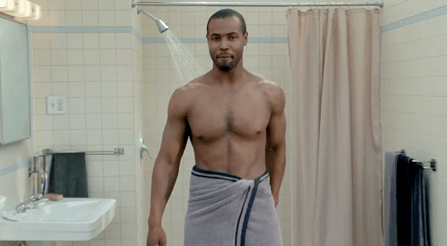
Creative crimes
2. Which creative mistakes/crimes do you see most often?
Mike O'Brien: The total lack of relevance to the customer is all too apparent in most campaigns, especially in online display which seems, despite the billions being poured into it at the moment, to have virtually no demonstrable impact on the clients"€™ business.
I am also convinced that we tend to have too much interest in the platform and technology and not enough in the customer"€™s journey. Whole page take-overs and interstitials that add nothing to the customers"€™ context of engagement really make me blow a fuse. Our job is not to interrupt the customer but to work with them to achieve their key tasks. A great example of this supporting role is the Mini Banner campaign that drops a Cherished Mini search tab into the site"€™s (Autotrader, MSN etc) search tab structure.
For the same reason, I like simple but effective dynamic, data feed and capture, contextual and RSS feed ads that augment and give direction to the customer"€™s on-screen experience in the way that the Dominos app does on my iPhone when I am hungry. Don"€™t expect me to look at car ads (or other irrelevant gumph for that matter) when my stomach is grumbling.
I suppose the other gripe I have is creative that shows little or no understanding of state of play between the brand and the customer. Are we in the awareness, conversion or engaged phase? How do I change my mode of engagement accordingly? Am I in a position to make the communication more relevant and individuated as the engagement deepens?
Managing effective creative creation
Q3. What process do you recommend for getting the right creative for your audience?
Mike O'Brien: We need to help everyone involved in creating campaigns to see the world from the customer"€™s perspective. We have a tribe of young digital creative specialists trying to communicate with an increasingly ageing population and the apparent disconnect is as misguided as Saga sending me a "€œWelcome to the Club"€ mailing on my 50th Birthday that all but suggested the onset of incontinence pants was imminent.
The root of this kind of creative incongruence is a lack of empathy and life experience and, to make matters worse, an industry-wide inability to bridge the gap through informative and inspirational briefing. I see far too many briefs written with little or no enthusiasm for the task, an optimistically heroic focus on the brand, product or service, a patronising and meagre view of the customer and an abundance of cut and paste edits from earlier scribbles and brain dumps.
So, let"€™s look for briefs that are 80% customer and 20% us. Let"€™s make sure that campaigns can be segmented into groups that allow us to create very specific responses to very specific audiences. Out there in the world of the customer are rich sources of unique campaign ideas that are Relevant, Original and Impactful waiting to be discovered.
The Facebook constraint?
Q4. With the walled garden of Facebook a component of many campaigns do you think this hinders campaign creative?
Mike O'Brien: No. Facebook can be a great source of inspiration to the creative thinker. What better chance to engage with the language, visual culture and interests of the customer. As a young creative 30 years ago, I would have needed to virtually invent the world of the customer or, frankly, be indifferent to any reality that existed outside of my elitist agency experience. I"€™m not sure a lot has changed. Perhaps social marketing will help to bridge the gap. One campaign that works the social channel brilliantly is the IKEA Malmo store campaign.
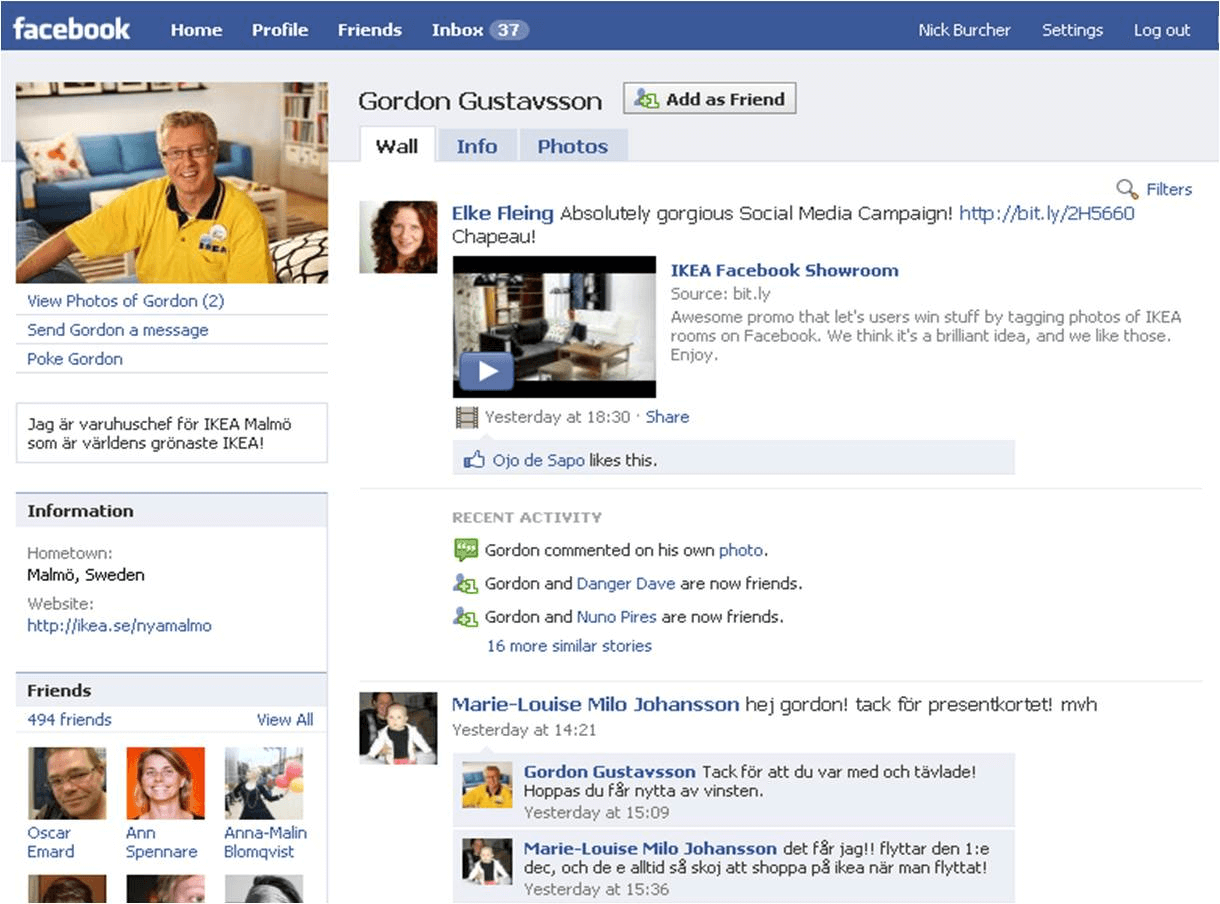
It is an object lesson in communicating less but with greater impact. The same can be said of the Oyster Card iTunes campaign.
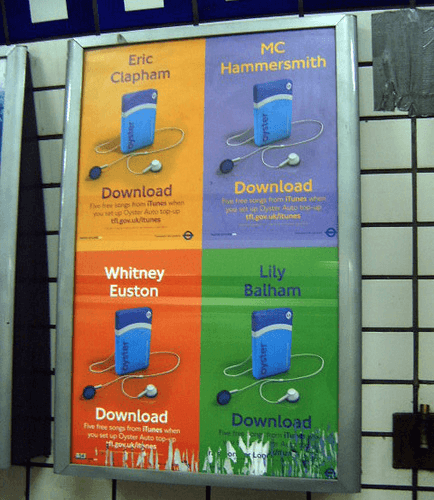
They are both stunning examples of facilitated leverage campaigns built around ideas that see customers as an integral part of the creative process. If you make an idea sufficiently engaging the customers will do the heavy lifting for you.
Who should we learn from?
Q5. Examples of companies who are "ahead of the game"?
Mike O'Brien: I love the work of the clothing and lifestyle company, Howies, for the totality of their commitment to customer engagement. Even the home page is a meeting point for customers.
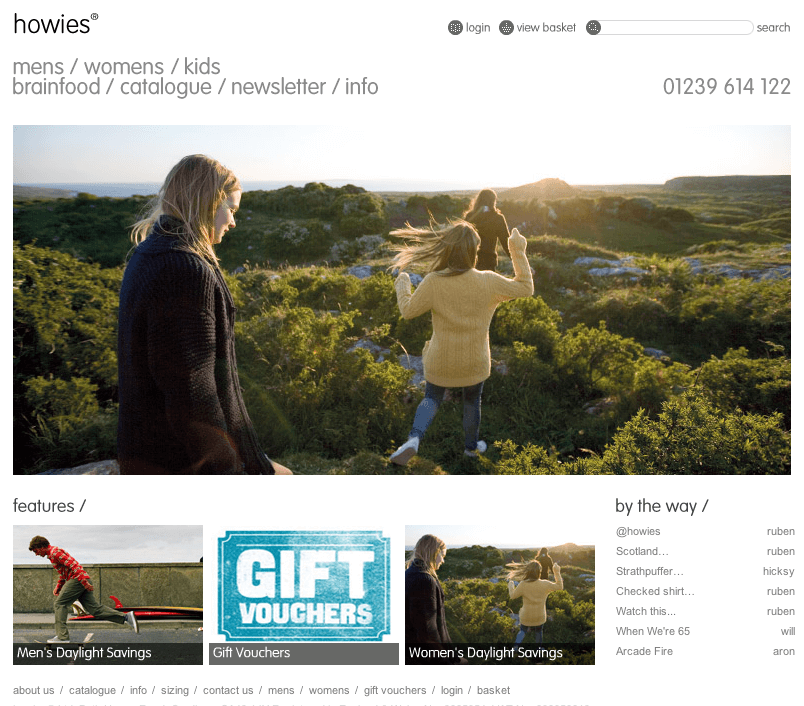
I love Mini for it"€™s relentless pursuit of creativity across such a wide range of campaign ideas. The Mini Avaword was a creative game changer.
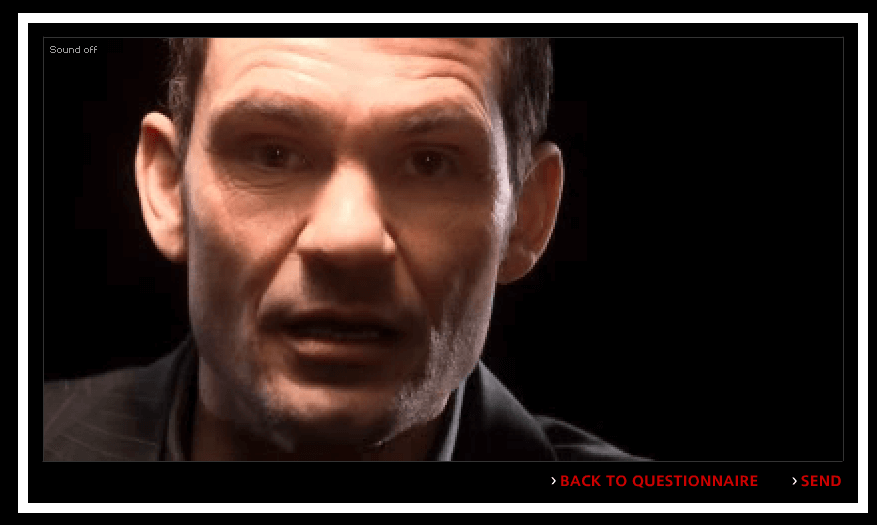
I love the way Amazon still tries to anticipate and satisfy my needs by making uncannily accurate suggestions.
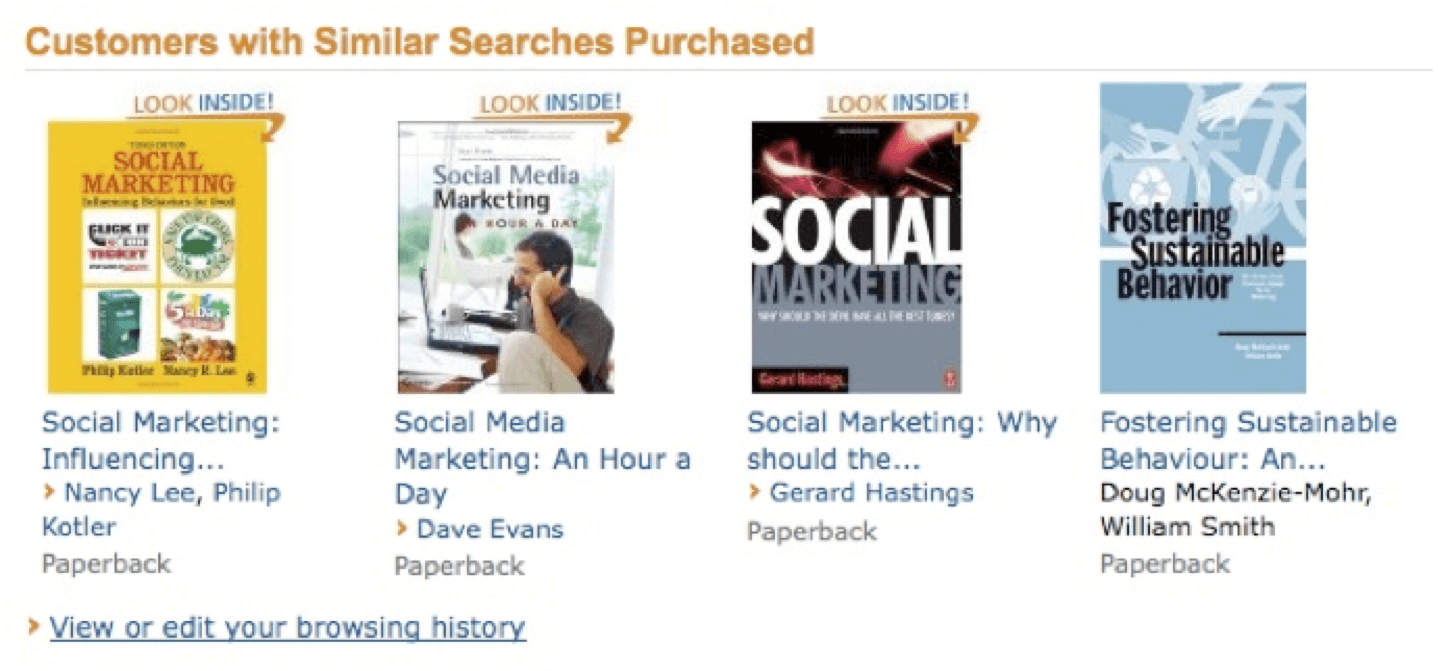
I love the microfinance charity, Kiva for proving that many of the better off in this world are intrinsically generous by nature and that many of those worse off can be successful when given the opportunity.
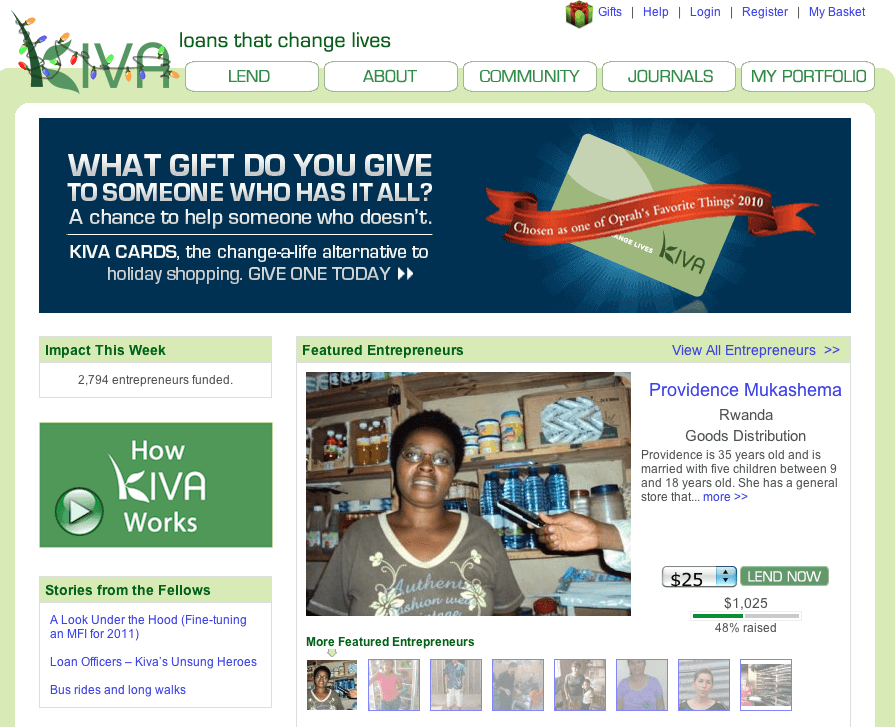
I love Endemol and Bebo for co-creating The Gap Year campaign, the World's first interactive online reality travel adventure.
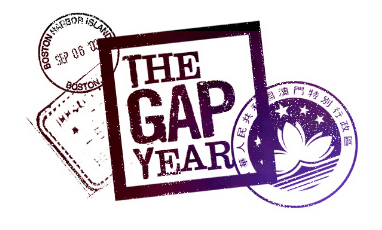
I love The Guardian for continuing to focus on content and not going the way of the Times"€™ masochistic paywall strategy "€“ how can losing 90% of your readers be good for business? Forget the spin and try reading Chris Anderson"€™s "€œFree: The Future of a Radical Price."€
I love Uniclo for showing everyone how to make Twitter pay with their outstanding sales promo campaign.
I love the pure genius of the compare the Market/Meerkat campaign which, has done the impossible: made insurance interesting.
I love Groupons for the collaborative clout they give customers in the marketing game.
I love Foursquare for giving me countless opportunities to check and cash in on my travels and add to the sense that I am at the centre of a universe of my own making, just like you and everyone else. It"€™s early days for me, but the idea has the kind of interpersonal engagement I like.
I love the conversion-centric website for Inchcape Audi. It is utterly focused on helping the customer get to where they are focused on going while immersing them in supporting experiential content that also drives the business behind the scenes.
I think we have reached the point where creative platforms are no longer hindering the free-flow of ideas. They are opening up to the point where even the most obscure brand, regardless of budget can create, execute and evaluate the most incredible interpersonal ideas and campaigns and create real time engagements with customers. The strange thing is that future campaign may be so focused in the customer"€™s world that the rest of us struggle to see the attraction or even appreciate the degree of relevance, originality and impact. I am sure we can learn to value objective over subjective judgement.
Perhaps we are closer than ever to the One to One Marketing vision of Don Peppers and Martha Rogers? Moreover, I think we are on the verge of creating one to one campaigns that are constantly changed by the narrative of each individual engagement. How? Now there"€™s a question I hope we will see answered in the not too distant future.
Mike O"€™Brien is the creative strategy consultant at the Jam Partnership.
















